The ocean covers over 70% of Earth’s surface and contains mysteries that continue to astonish scientists and explorers alike. From glowing waves to underwater lakes, some ocean facts are so strange they seem too wild to believe. Yet, these phenomena are real, and they offer a deeper glimpse into the wonders hidden beneath the waves. This list features 10 true ocean facts that may sound fake at first, but are backed by science and exploration.
Get ready to explore some of the most unbelievable ocean facts that prove our planet’s oceans are more surprising than fiction.
1. There Are Lakes and Rivers Under the Ocean
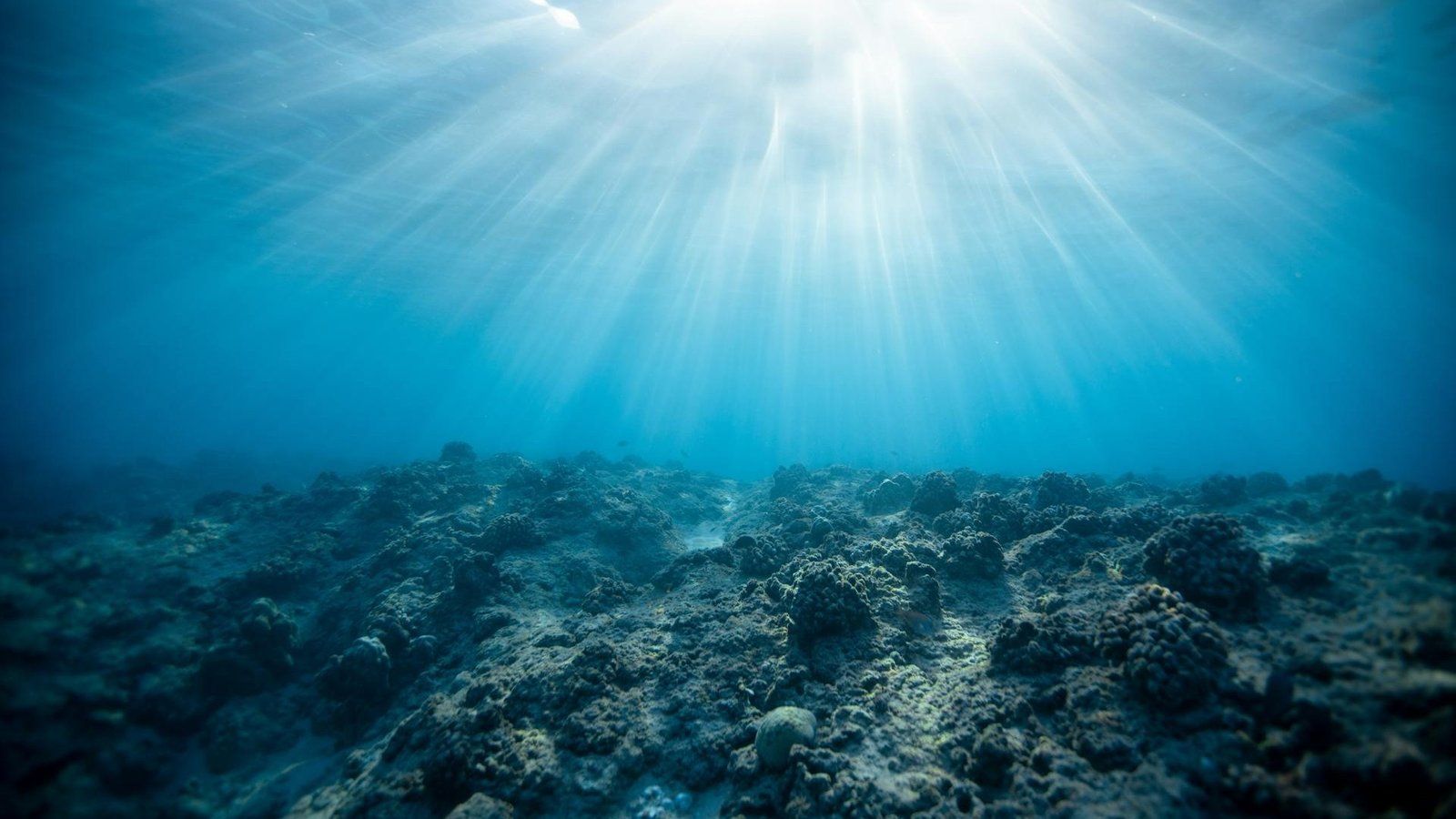
It may sound like something out of a fantasy novel, but scientists have discovered actual lakes and rivers flowing beneath the sea. These bodies of water form when dense, salty brine collects in depressions on the seafloor. Because the brine is heavier than the surrounding seawater, it creates underwater lakes with visible shorelines and currents.
These “brine pools” can even have waves and waterfalls. They are highly toxic due to their low oxygen levels and high salinity, but they host unique organisms that thrive in extreme conditions. It is one of the weirdest ocean facts ever observed.
2. The Ocean Glows in the Dark
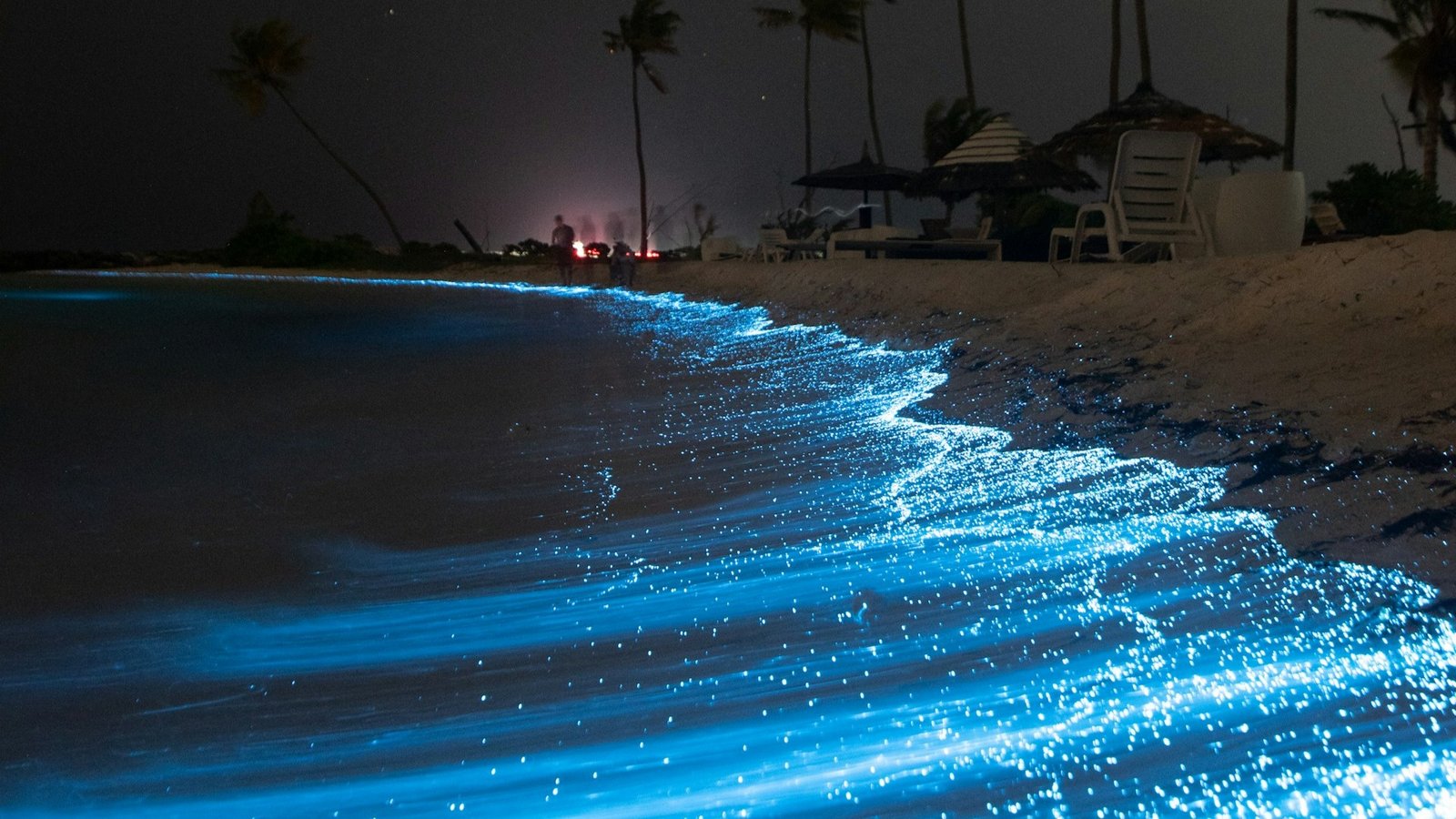
One of the most magical, surprising ocean facts is that the sea can light up at night. This occurs due to bioluminescent plankton, which glow when disturbed by waves or other forms of movement. The result is a shimmering blue glow that often trails behind boats or footsteps along the beach.
Some regions, such as Mosquito Bay in Puerto Rico and the Maldives, are famous for this glowing phenomenon. It is both beautiful and biologically significant, as many marine animals use bioluminescence for communication or defense. This glowing sea display continues to amaze both tourists and scientists.
3. More Than 80% of the Ocean Is Unexplored
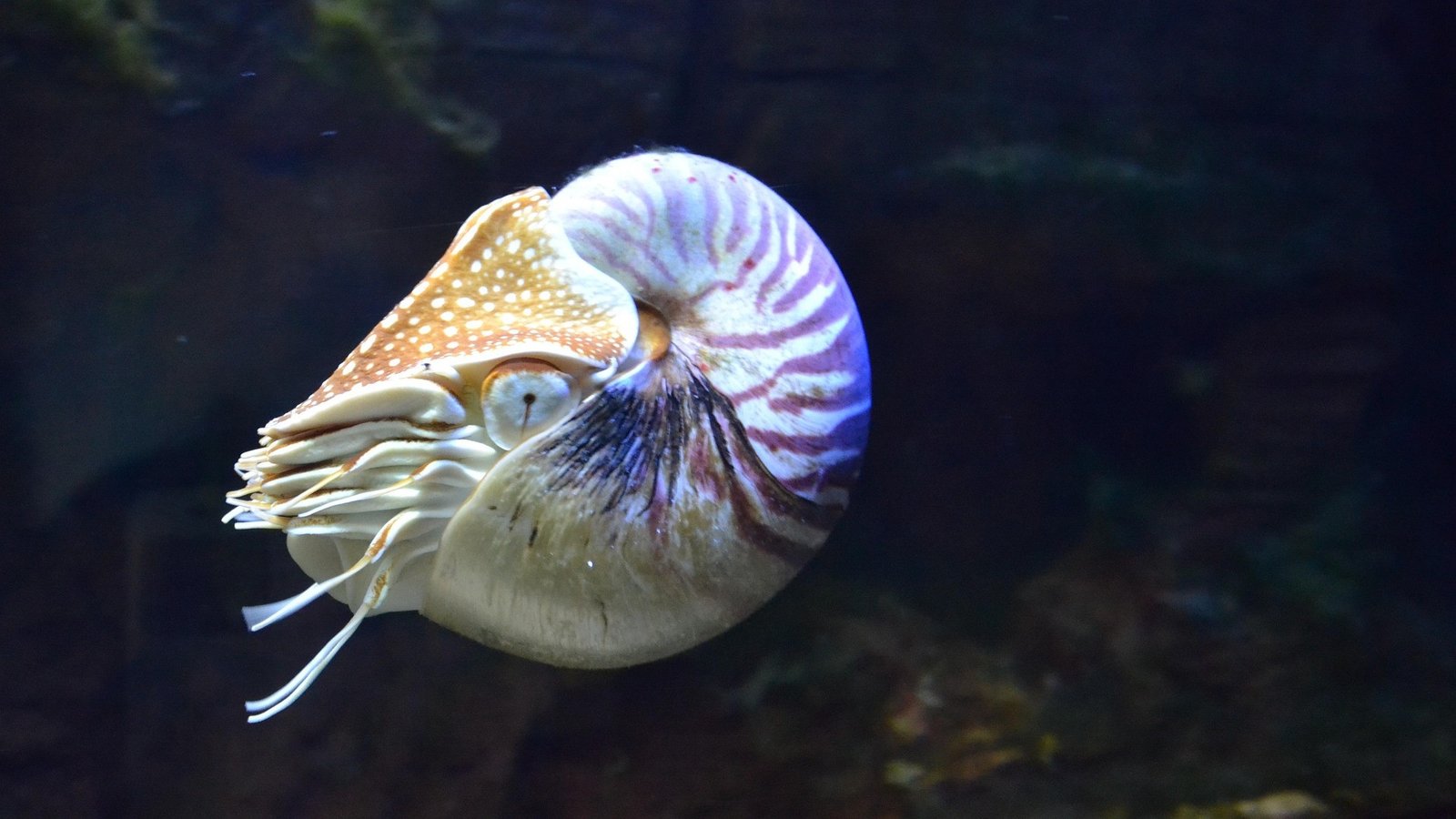
Despite all our technological advances, most of the ocean remains a mystery. According to NOAA, over 80% of the ocean floor has not been mapped or explored in detail. This means we know more about the surface of Mars than we do about the depths of our own oceans.
This fact underscores the limited understanding we have of underwater geology, ecosystems, and life forms. New species are discovered regularly, and underwater mountains and trenches remain largely uncharted. It is one of those true ocean facts that emphasizes the need for continued exploration.
4. Sharks Can Live for Centuries
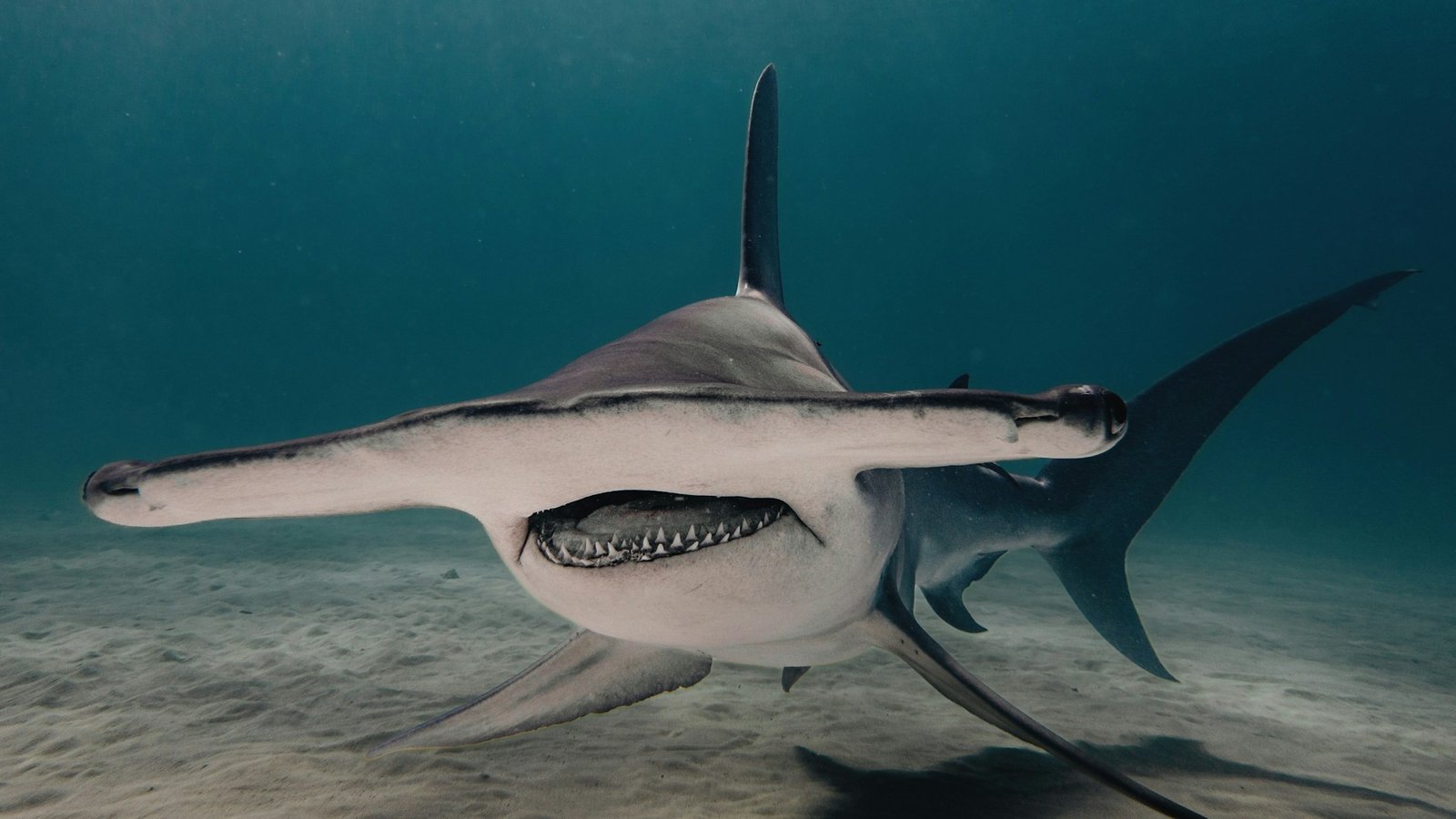
The Greenland shark is among the longest-living vertebrates on Earth. These slow-moving sharks, found in the deep, cold waters of the North Atlantic, can live for more than 400 years. Scientists estimate their age based on eye lens protein analysis, a method that avoids harming the animal.
This shark’s slow metabolism and frigid environment contribute to its incredible longevity. Its lifespan makes it one of the most unbelievable ocean facts, and it has helped researchers understand aging in marine animals.
5. The Ocean Has “Zombie Worms” That Eat Bone

Among the strangest creatures discovered in recent decades are Osedax, also known as “zombie worms.” These worms feed on the bones of dead whales that fall to the seafloor. They secrete acid to break down the bone and absorb nutrients using symbiotic bacteria.
Zombie worms do not have mouths or stomachs. Their specialized biology allows them to colonize carcasses in the deep sea and recycle nutrients. This bizarre behavior earns them a place in any list of crazy ocean facts.
6. There Are Entire Ecosystems With No Sunlight
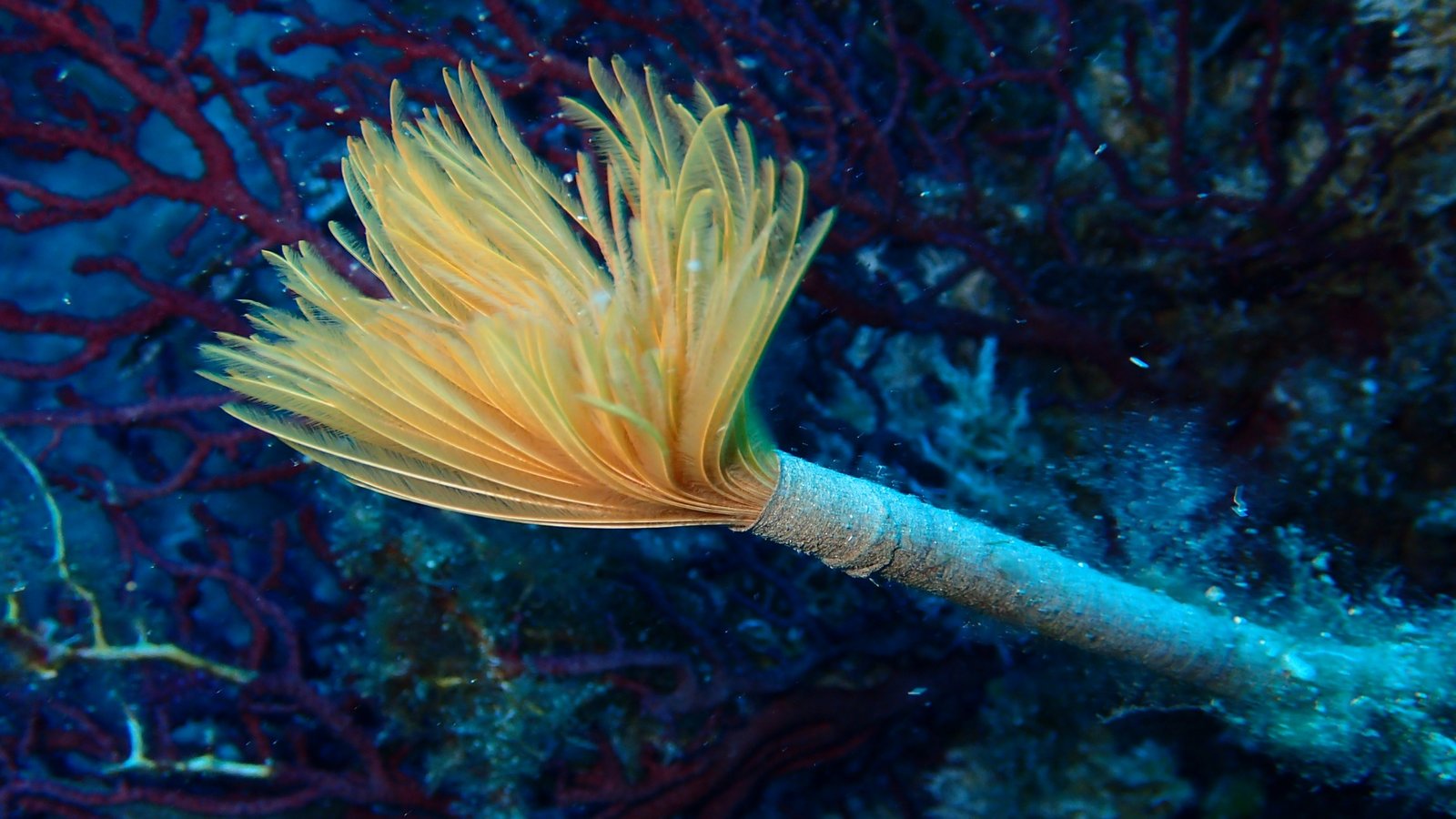
Most people assume all life needs sunlight to survive, but the deep sea proves otherwise. Hydrothermal vent communities thrive thousands of meters below the surface, where sunlight never reaches. Instead of photosynthesis, these ecosystems rely on chemosynthesis, where bacteria convert chemicals, such as hydrogen sulfide, into energy.
These vents host tube worms, crabs, and other unique species that are adapted to extreme heat and pressure. These self-sustaining systems challenge traditional views of what life requires and offer insights into how life might exist on other planets. It is one of the most fascinating and strange ocean trivia facts.
7. Underwater Volcanoes Create New Islands

Volcanic activity beneath the ocean can give rise to entirely new landmasses. When underwater volcanoes erupt, lava cools rapidly, eventually building up to form islands above the sea surface. This process has created island chains, such as Hawaii and Iceland.
In some cases, new volcanic islands have appeared and disappeared within a matter of months. One recent example is the formation of Hunga Tonga-Hunga Ha’apai in the South Pacific, which emerged in 2015. This is one of those ocean trivia facts that reveals the true dynamism of Earth’s geology.
8. The Deep Ocean Is Full of Giant Squid
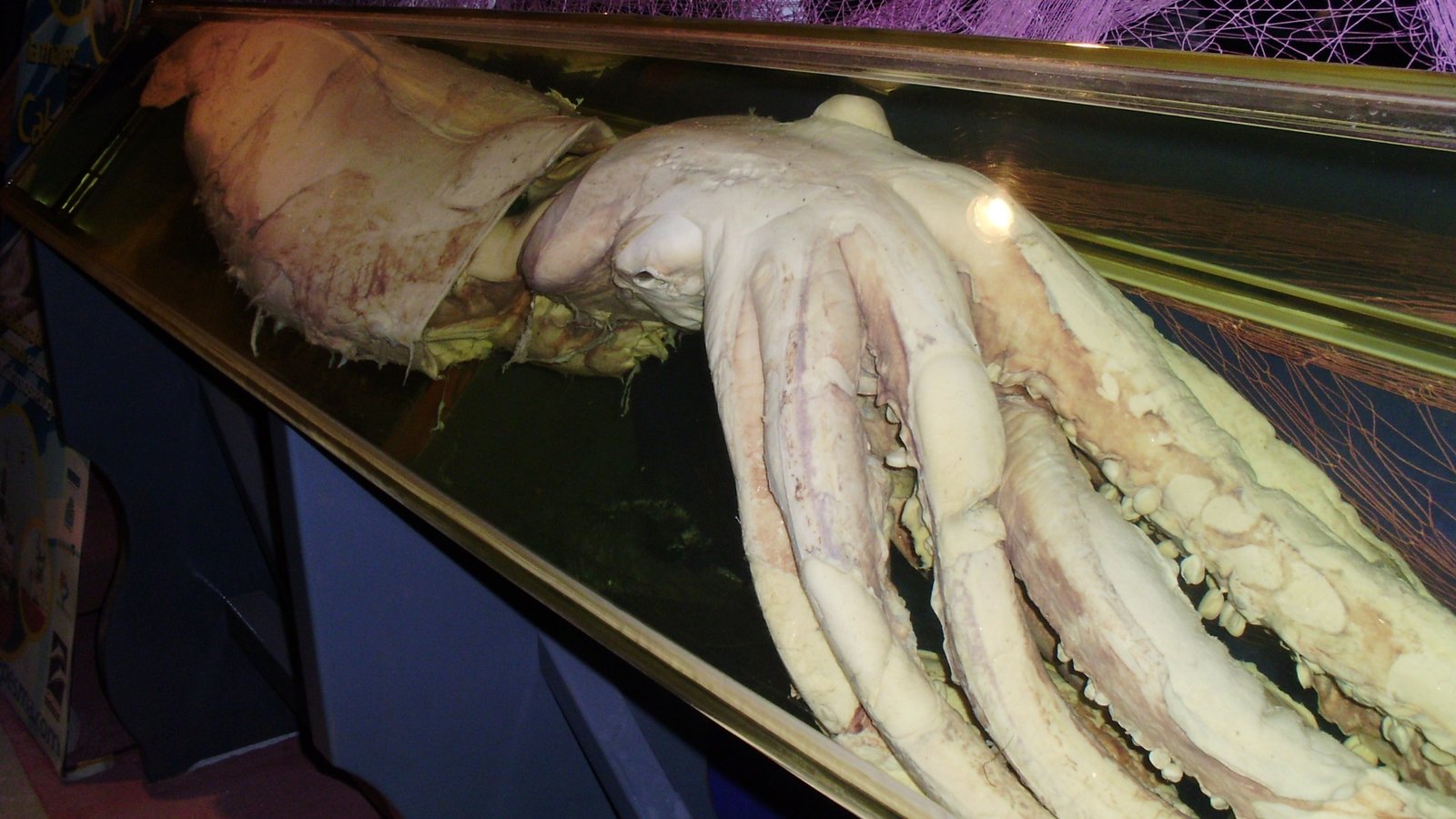
Once thought to be a myth, the giant squid is very real and inhabits the deep ocean. These elusive creatures can grow up to 43 feet long and have eyes the size of dinner plates. For years, scientists only knew about them through dead specimens washed ashore or found in whale stomachs.
In recent years, deep-sea cameras have captured footage of live giant squid in their natural habitat for the first time. Their existence is a prime example of weird ocean facts that turned out to be completely true.
9. The Ocean’s Tallest Mountain Is Underwater
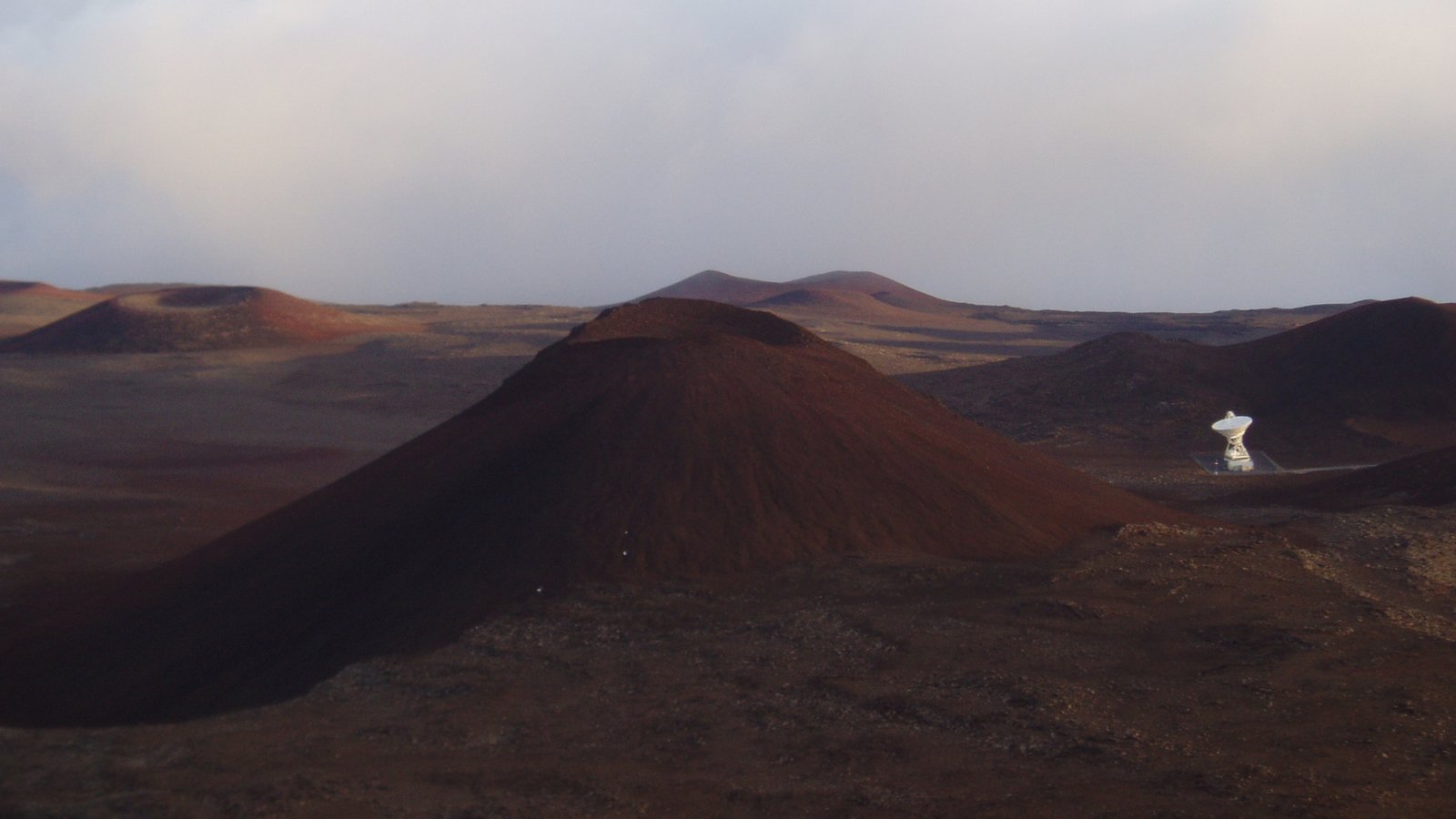
Mauna Kea in Hawaii is often considered the world’s tallest mountain, measured from its base to its peak. While it stands 13,800 feet above sea level, its base lies deep beneath the ocean, giving it a total height of over 33,000 feet. This makes it taller than Mount Everest.
Most people only see its summit, but beneath the waves lies an enormous volcanic structure. It is one of the most unbelievable ocean facts that challenge our understanding of geography.
10. You Can Hear Underwater Earthquakes Across the Globe
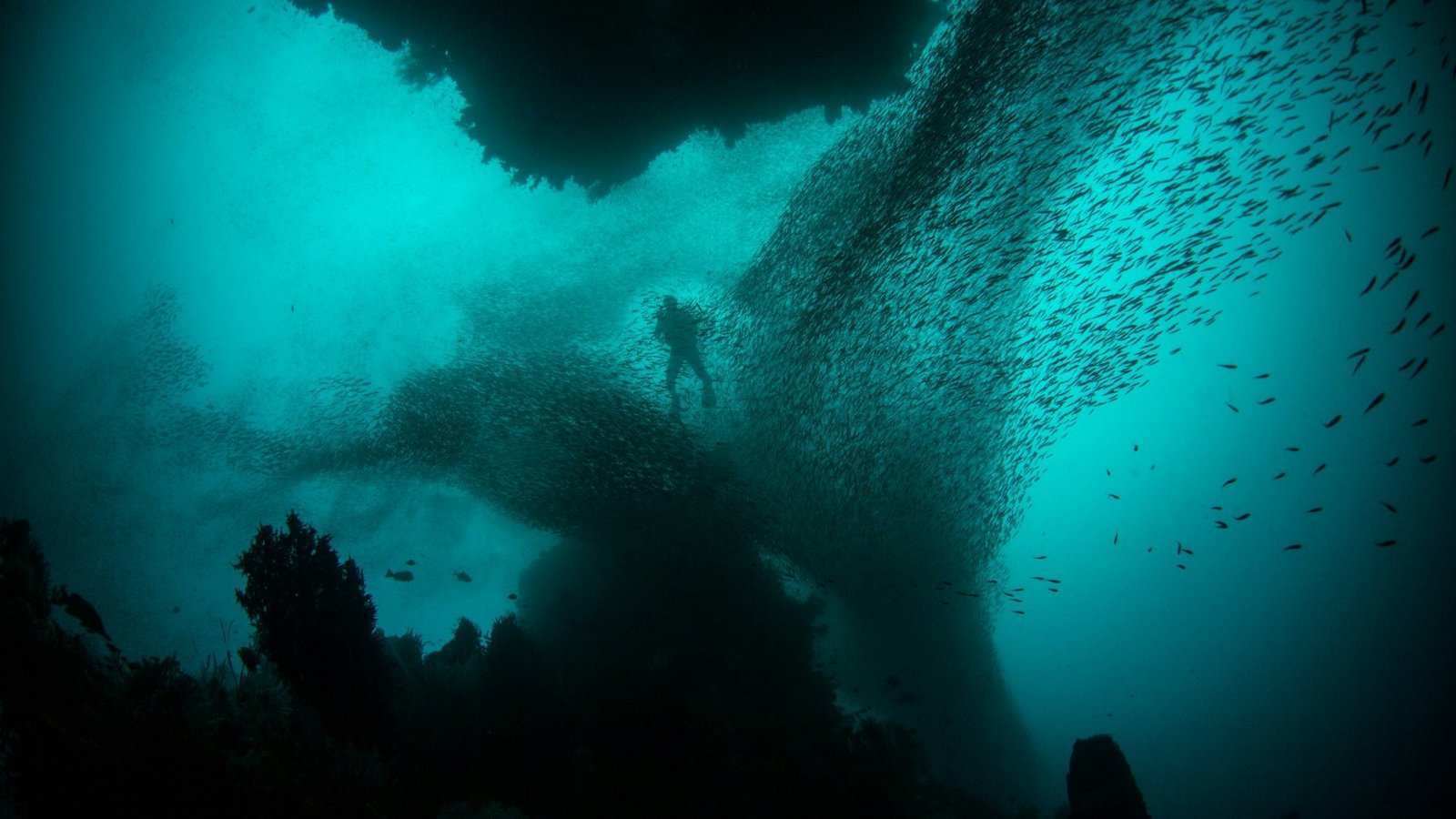
Sound travels much faster and farther in water than in air. Under the right conditions, noises from underwater earthquakes, landslides, and volcanic eruptions can be detected thousands of miles away. Specialized listening devices, or hydrophones, pick up these signals as part of ocean monitoring systems.
These sounds have helped scientists study the ocean floor and detect early signs of tsunamis. It is one of those surprising ocean facts that illustrates the ocean’s remarkable interconnectedness.
Why These Ocean Facts Matter

These ocean facts are more than just trivia—they reveal how strange, diverse, and unexplored our marine world still is. From ancient sharks to glowing plankton, each fact sheds light on the planet’s greatest and least-understood ecosystem.
These fascinating ocean facts remind us that science is continually discovering new information, and what once seemed implausible can turn out to be true and remarkable. For students, educators, and ocean lovers alike, they make excellent ocean facts for kids and adults who enjoy learning something new.
Final Thoughts
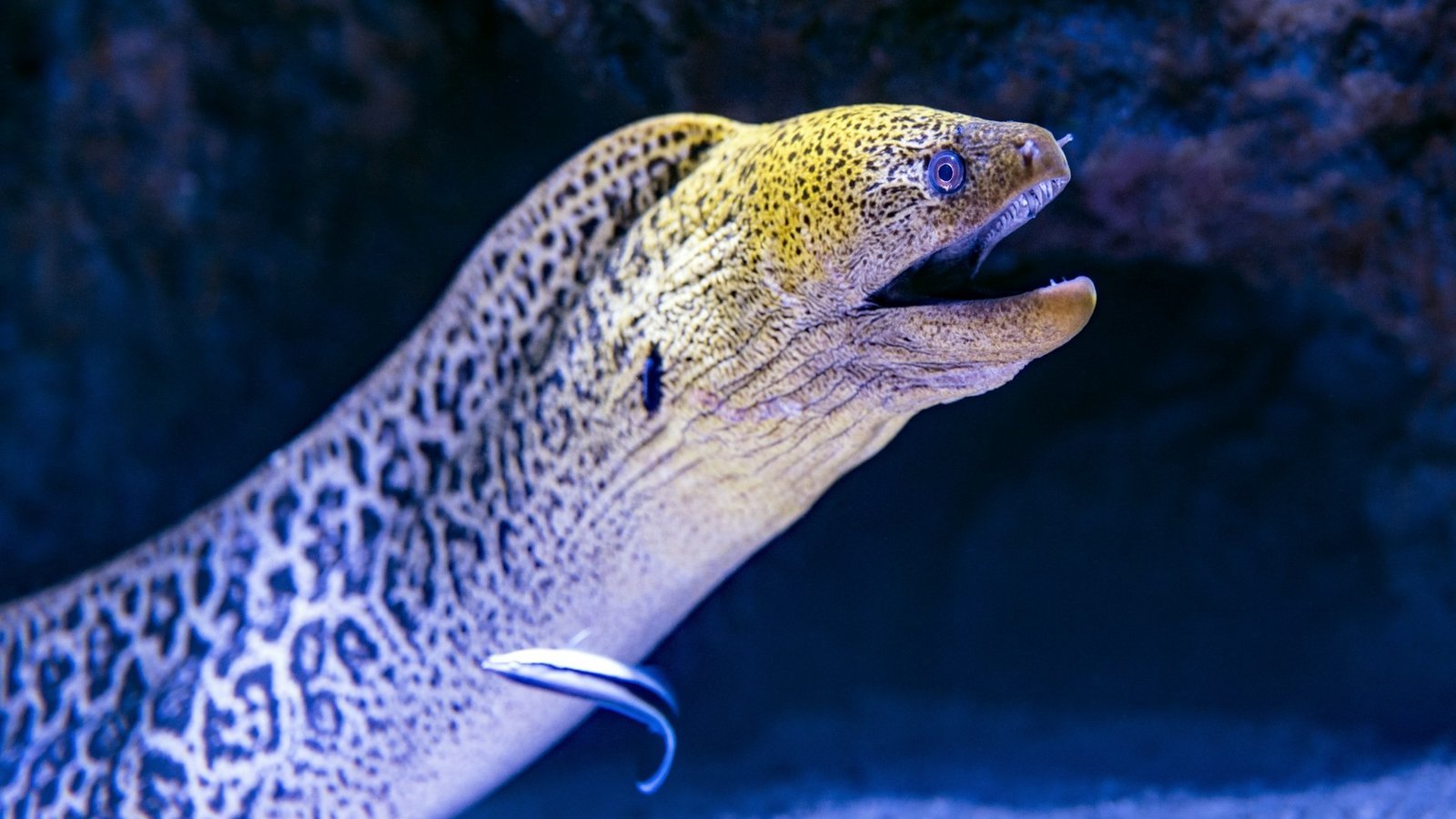
The ocean holds countless secrets, and the more we learn, the more we realize how little we know. These 10 ocean facts might sound too strange to be real, but each one has been confirmed by science and exploration. As technology advances, we can expect even more discoveries that will continue to amaze and inspire.
Whether you are drawn to strange ocean trivia or want to impress someone with unbelievable ocean facts, the ocean never disappoints. Keep exploring, keep questioning, and dive deeper into the world’s most mysterious environment.

